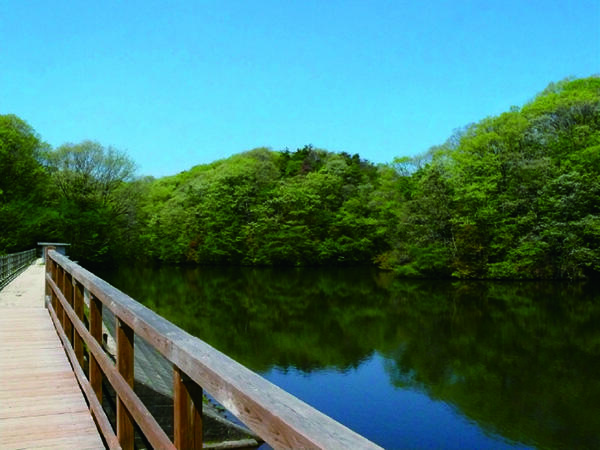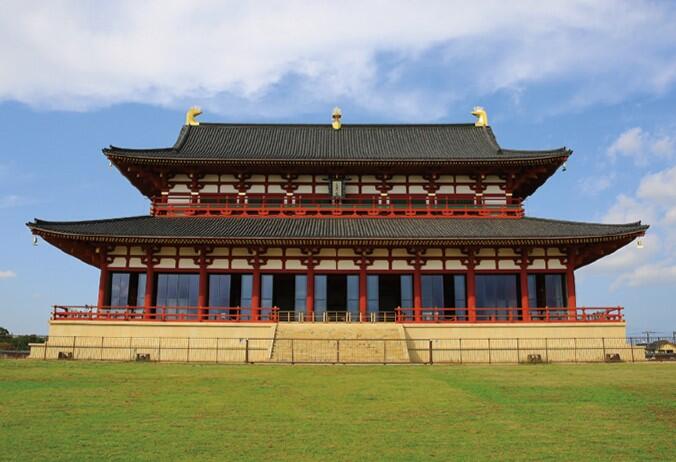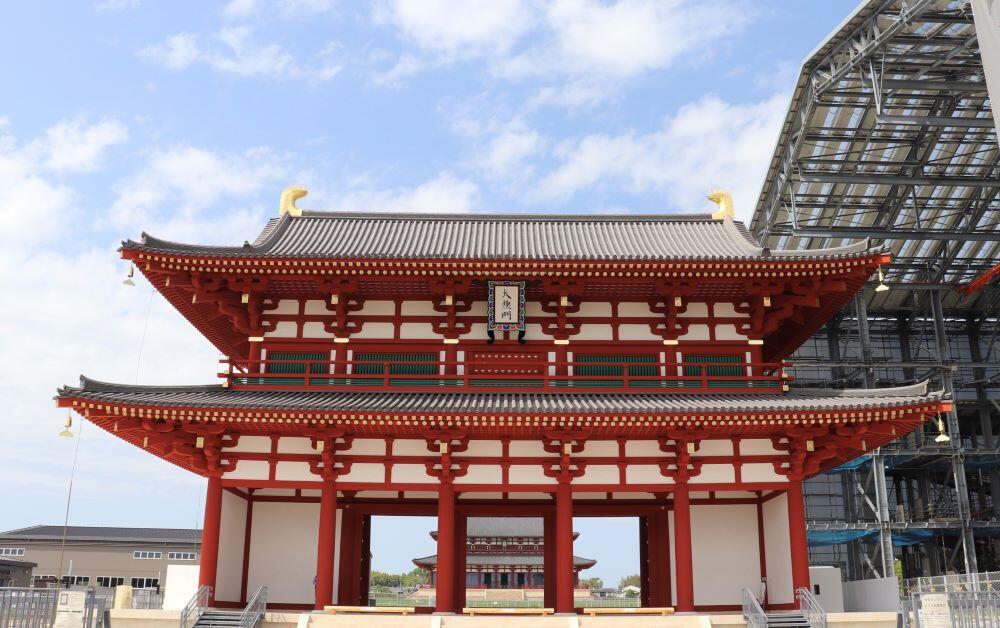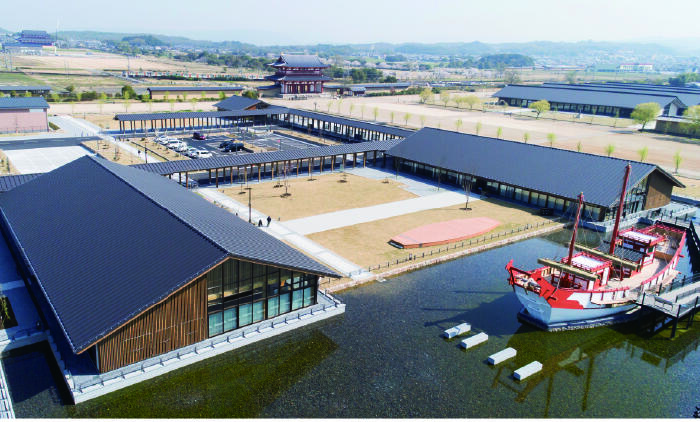Major Roads and Rail Networks
Regarding expressways, the Shin-Meishin Expressway (scheduled to be fully operational in 2027), the Daini-Keihan Road (fully operational in 2010), the Keinawa Expressway (fully operational in 2000 in the Kyoto area [between the Joyo JCT/IC and the Kizu IC]), and the Yamato-Kita Road (fully-scale commercialization in 2018) have been constructed.
As for local roads, the Yamate Kansen from the Kyoto area and the National Route 163 Gakkentoshi Connection Road from the Osaka area have been improved to enhance access.
In terms of railroads, the Kintetsu-Keihanna Line (Ikoma - Gakken Nara Tomigaoka) opened in 2006, and the Seika and Nishikizu district in the center of the city have an extensive bus network.

For the Realization of Next-Generation Smart Cities
Efforts to advance the research and development of products and systems necessary for the formation of next-generation smart cities and their social implementations are being promoted through various projects.
In the "Smart Keihanna Project", which was adopted as a model project by the Ministry of Land, Infrastructure, Transport and Tourism, efforts are being made in the Seika and Nishikizu districts to introduce last one mile mobility and AI-based life support services. Also in the Tahara area, the Cabinet Office's "Future Technology Society Implementation Project" has been adopted, and efforts toward the implementation of a smart city with the participation of local residents with shopping and transportation as keywords are being developed through public-private partnerships.
The content and results of these efforts are being widely disseminated both domestically and internationally through various ways such as the Kyoto Smart City Expo.
Rich Nature, History, and Climate
Keihanna Science City has parks and green spaces strategically placed. It also has a rich "Satoyama" environment that residents are actively working to preserve and utilize.
In the Kizu Kita district, the government, citizens, companies, and others are working together to develop "Satoyama" activities.
The Prefectural Forest, developed by Osaka Prefecture with the aim of "coexistence of human and nature" has trails and suspension bridges centered around the waterfront.
Keihanna is also a treasure house of historical and cultural heritage that represents Japan, and restoration efforts are underway at "Heijo Palace" ruins, such as "Daigokuden" and "Suzaku-mon gate", which reminds us the Nara period.


Keihanna Commemorative Park
(Kyoto Prefectural Kansai Culture and Science City Commemorative Park)
strolling style garden environment of Satoyama scenery cultural exchange base nature experience scenery of the four seasons
The park was developed as part of the 1200th anniversary of the Heian-kyo Capital in commemoration of the construction of Keihanna Science City (Kansai Science City), and opened in April 1995. The park covers an area of 24.1 hectares, of which 15.1 hectares are dedicated to preserving the satoyama environment and expressing the culture and climate of Japan. As a hub of exchange in Keihanna Science City, this park is a place of relaxation for a wide range of people from all over the world to the local community, where they can experience the nature of the four seasons, culture, and art.

Nara Palace Site Historical Park
Historical Park Nara Palace Site Heijokyo Sightseeing History and Culture
Heijo Palace was the central part of Heijokyo, the capital of the Nara period.
The Daigokuden, where the emperor appeared during national ceremonies, the Dairi, the residence of the emperor, and the Chodoin, which functioned as a place for government affairs, ceremonies, and banquets, and various government offices were built. Many people worked there.
In 2018, the "Suzakumon Hiroba", which has cafes and restaurants, a sales facility for specialty products from the prefecture, and a guidance facility for the entire Heijo Palace Ruins, was completed. In 2022, the first Daigokuden-in Daigokumon Gate was completed, allowing visitors to experience the scale of Heijo Palace.



Takayama Chikurinen Garden
Takayama Bamboo Forest Garden Bamboo forest gardens Takayama Bamboo forests Tea-ceremony rooms
This garden was developed to familiarize people at large with the beauty and shape of tea utensils, tea scoops including Takayama tea whisks with about 550-year history, ladles, vases and incense containers, and knitting needles. It was opened to promote bamboo products, the traditional industry of Ikoma City, and increase the level of culture and education in the area. In the beautiful garden, you will also find a biotope with some 50 kinds of bamboos, a museum (Japanese-style room, training room and exhibition room) and the Chikubuan tea house.

